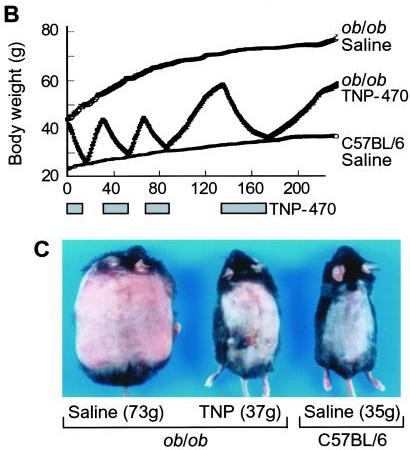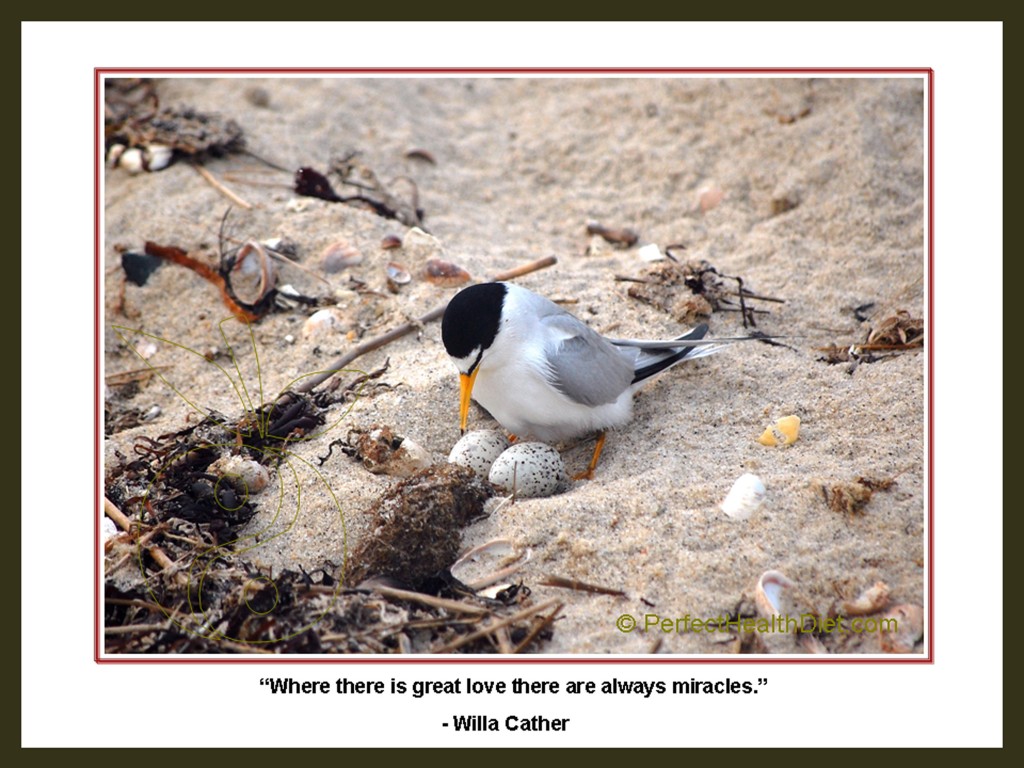PaleoFX was a terrific meeting. It’s not easy to stage such a large event. Kudos to Michelle and Keith Norris, Kevin Cottrell, and the 100 volunteers who worked so hard to make it a success. Jack Kruse in his keynote speech talked of “paying it forward,” and the volunteers and organizers certainly did that.
Jack is a better speaker than writer, and I enjoyed the talk. He recounted a story of a woman he met as a surgical resident. She had an inoperable cancer; Jack closed the incision in the operating room, and she lived for another six months. She willed her wine collection to Jack, and each day before she died she took a single bottle from each case to the beach and wrote a letter to Jack explaining its provenance and what it meant to her. The package of letters came along with the wine after her death, and in a note she mentioned the story of the Old Man and the Starfish, and told Jack, “You are my starfish.” She advised him to withdraw from the rat race and enjoy life, as she had in her final six months. Jack didn’t pay much heed to that advice until 2006. Then, after reflection and perhaps some cold thermogenesis, he realized that he ought to “pay it forward” by working “transformational change.” At this point he pulled out what he said was a stick of dynamite and a lighter:
He said that the dynamite could work transformational change on the University of Texas, and it was our obligation to go out in the world and work transformational change by converting others to Paleo.
Luckily the fire marshal was not present, or PaleoFX might have come to a premature end.
The next day began with a talk by CJ Hunt, producer of the documentary “In Search of the Perfect Human Diet.” CJ has a great personal story: he had a heart attack at age 24, but now in his 50s looks like a young and athletic man. Here is the trailer:
CJ can’t market the movie widely until after film festivals, so if you’re interested, the place to buy is through his web site.
Robb Wolf was next, and talked about how he made Norcal into such a successful gym. Robb is an outstanding businessman and his advice for gym operators was excellent.
Cooking demos were next. Check out Nom Nom Paleo for some great pictures of food and people.
Next was a panel I served on, “Ancestral Wellness Through the Decades.” I was impressed with Skyler Tanner, who came well prepared. Melissa Hartwig, Emily Talley, Dr Shilpi Mehta, and Jack Kruse all had good things to say and we covered a lot of ground.
More panels and talks by Mark Sisson and Ron Rosedale followed. The “Whole Foods vs Supplements” panel with Chris Kresser, Amy Kubal, Diana Rodgers, Liz Wolf, Diane Sanfilippo, Dr Dan Kalish, and Joe Johnson was excellent.
After the day was over we had an author book signing and then the audio-visual team recorded interviews with presenters.
The audio-visual team was really, really good: I understand it was the team that produces Anthony Johnson’s The 21 Convention. One of the A/V guys stayed up all night Thursday night putting together a video from the first day’s action, and it was played first thing Friday and was really professionally done. Quite impressive. A DVD of the conference will go on sale in about 60 days, and I’m sure it will be outstanding.
We finally got back to our hotel at 11 pm, our only food having been some chipotle chicken for lunch. Chris Kresser, Dan Pardi, and I went to a Pappadeaux restaurant for some baked potatoes.
Friday, after the video, began with an open Q&A panel: “Ask the Paleo Experts.” The biggest fireworks came with a “safe starches” question, directly specifically to Jack Kruse and myself. Jack has been arguing that one shouldn’t eat any carbs in the winter – here is Jack on the subject of eating a banana in winter:
Only humans who fail to listen to evolutions rule book of engagement die. You can eat a banana in the winter and feel fine but Mother Nature says it’s impossible………therefore we ought not to do it. I will follow her lead over a diet book guru or the opinions of a bunch of people who let their thoughts subjugate their genes. Feelings and thoughts do not trump neural biochemistry …
Jack turned to me and said something like “I’d like Paul to explain why, if Neuropeptide Y is downregulated in cold weather, it can be safe to eat starches.” My answer was that we are warm-blooded mammals and maintain a constant body temperature so that our basic biochemistry, including the ability to digest and utilize glucose, works no matter what the outside temperature. Ron Rosedale, Nora Gedgaudas, and Emily Deans added to the discussion. Here’s a photo of half the panel, from Bryan Lambeth:
From the left are Emily Deans, David Pendergrass, Keith Norris, Lane Sebring, and myself. Offcamera were Jack Kruse, Ron Rosedale, Nora Gedgaudas, Dean Dwyer, and Dallas Hartwig.
After the panel came my talk. It was my “fitness” talk and covered “Some Overlooked Factors in Fitness.” One of the topics I covered was body composition. After the talk I had a long chat with Jimmy Moore about how eating some carbs can improve body composition and facilitate weight loss. He said it was starting to make sense to him. Today he tweeted:
Wouldn’t it be funny if I actually started eating rice again? Stay tuned. @pauljaminet #safestarches
Who knows, maybe we’ll revive the PHD weight loss experiment Jimmy and I talked about last fall. Stay tuned!
While all these talks and panels were going on upstairs, there was a continuous string of Strength and Movement sessions on the first floor. I didn’t have enough time for those, but I did make time for a 15-minute mashing session from Kate Catlow of the Mindful Body Center. Great!
I spent most of Friday chatting to people. The great value of conferences like this is the opportunity to meet others in the Paleo community and to look for ways we can cooperate to achieve good things. I even got a head start on this: Nora Gedgaudas sat next to me in our flight into Austin. In her review of the conference, Emily Deans mentioned a few things under discussion:
I drove with Paul Jaminet in the car and we talked about his upcoming plans, Shou-Ching’s research, and his work with Aaron Blaisdell to help with publishing an Ancestral Health academic journal, all very exciting stuff.
Nothing is settled yet but there will probably be a few initiatives to report in coming months.
I think PaleoFX planted a few seeds that may grow into bigger things. Many thanks to the organizers and volunteers who made it all possible! I hope that a good time was had by all.


















Recent Comments